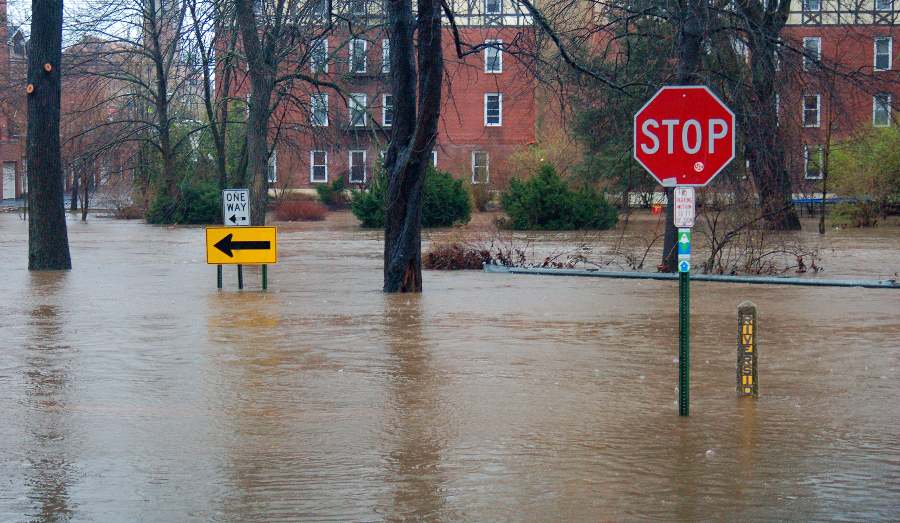2019 seems to be the year of flooding. From the record rainfalls that flooded the Midwest this spring, to the flash floods that hit the DC area this summer, to the storm surge brought on by Hurricane Dorian, flooding has been in the news all year. Even for those households with flood insurance, the coverage may not be enough to replace all the damage that is done. And for those without flood insurance coverage, they may be on their own. Here are few steps that everyone should take to prepare against flooding and to minimize any damage from flooding should that occur to you.
Before the Flood Occurs
1. Get Your Bug Out Bags Ready
Every household should have a bug out bag or multiple bug out bags ready to go in the event that an evacuation is necessary. With water, food, and supplies in the bag, prepare yourself to go three days to an entire week on your own outside your house.
2. Know the Flood Risks in Your Area
FEMA flood maps are available online and can show which areas are most at risk of flooding. But when it comes to flash floods, just about any area can succumb to them. Look at maps to identify streams that could be prone to flooding, and roads and bridges susceptible to flooding during rainstorms.
3. Develop an Escape Plan
Once you’ve figured out which areas are prone to flooding, develop an escape plan with at least two different routes to safety. Avoid valleys that could become inundated and channel floods. If you get separated from your family or group, pick a safe location where everyone should regroup.
4. Keep Valuables Off the Floor
If you don’t want your books, audio equipment, or other valuables to get ruined in flooding, keep them off the floor. The higher they are in a room, the safer they are from flooding. Anything stored in a basement is at risk of damage, so don’t store anything irreplaceable in your basement.
5. Install Check Valves
If you don’t already have check valves or backwater valves on your sump pumps, floor drains, and other pipes, it’s a good idea to install them. That can help keep your house free from sewage backups that commonly occur during heavy rain and flooding.
Once Flooding is Imminent
1. Shut Off Utilities
Once it’s clear that your house is at risk of being flooded, shut off your utilities. Shut off water and electricity, and gas if you can do it safely. Then start to think about saving your possessions.
2. Keep Your Car Fully Tanked
You should always keep your gas tank at least half full, but especially when inclement weather is in the forecast. If you need to evacuate suddenly, you’ll need all the range you can get, particularly since you may spend hours idling in traffic as everyone around you tries to evacuate too.
3. Get Everything to High Ground
If you can get stuff out of the lower floors of your house, do so. The higher in your house things are stored, the less likely they are to be damaged by floodwaters.
4. Get Sandbags Ready
If you have access to sandbags, make good use of them. You probably won’t have enough to surround your house, so focus on blocking doorways and windows where water could seep in.
5. Evacuate When Necessary
If it looks like you’re going to experience major storm surges or huge amounts of river flooding, be ready to evacuate. Keep abreast of what’s going on around you and be ready to bug out at a moment’s notice.
This article was originally posted on Red Tea News.





